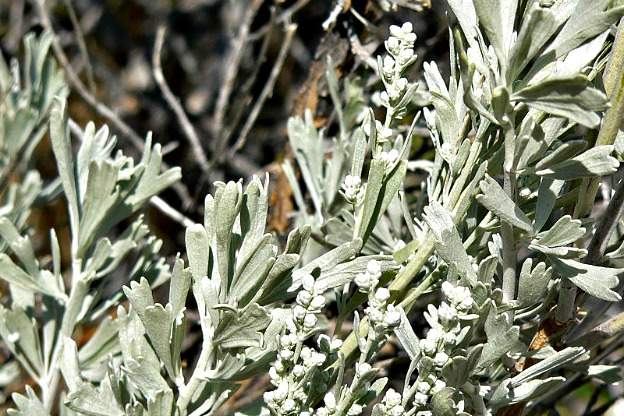
Ever since people began to garden there has been an awareness of the need to conserve water.
As water now becomes scarcer on the planet and global communications allow us to see further than our own patch, interest in xeriscaping has intensified.
The word derives from the Greek word xeros, which means dry.
Our modern xeriscaping movement began in Denver in the 1980s when the city's water department collaborated with professional landscapers to develop demonstration gardening projects that conserved water.
Plants that are useful in areas with low rainfall include our native prairie plants and especially plants with gray foliage such as lavender, artemisia and lamb's ears.
Of course, all flowering plants benefit from being well watered when they are first planted and for the first few weeks thereafter. However, water-wise plants, once established, can manage with very little moisture. For example, succulents with thick fleshy leaves such as sedum, yucca and portulaca fall into this category.
Plants with tap roots that can penetrate deep into the soil to search out moisture, such as echinacea and Japanese anemone, can usually manage with only occasional rain once established, as well.
Common roadside plants such as ditch lilies, purple love grass, yellow coneflower, goldenrod, Queen Anne's lace, black-eyed Susan and butterfly weed are also drought tolerant.









